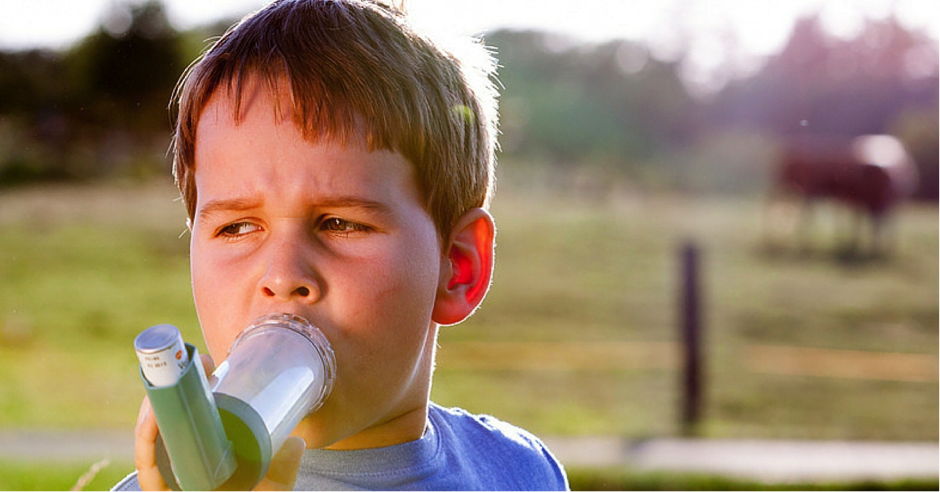Australian spiders and insects have acquired something of an international reputation as very dangerous. To the contrary, there are only three that are capable of causing death. Yes – the much feared funnel-web spider, the redback spider, and the paralysis tick. The majority of the other 2,900 varieties of spiders are harmless and won’t cause much more than itching and minor skin rash to most people. Since 1981, there has been no recorded death from a spider bite.
Insect bites and stings happen more often that you think. And when they do, it is best to play safe and not always brush it off as inconsequential. Insect bites and stings should be treated with first aid and if the discomfort persists, you need to see your GP. Insect bites are typically from mosquitos, bedbugs, ticks, fleas, spiders etc., while stings are from bees, wasps etc. Medically, all insect bites and stings fall into two broad categories – the dangerous insect bites and stings that can cause anaphylaxis and the less harmful ones that cause discomfort.
But first, what’s the difference between bites and stings? Bites inject saliva, while stings inject venom. The venom causes pain and swelling near the sting and could cause anaphylaxis. Venom has quite dramatic reactions like nausea, vomiting and can cause breathing difficulties. Bites, on the other hand, are a bit more benign. They cause redness, itchiness and some discomfort, but for the most part, can be treated with first aid.
Now, some situations are an emergency and warrant a 000 call right away. While it helps identify the offending insect quickly if you can put it into a jar, don’t do so if unsafe and if it means wasting time looking for it.
- The funnel-web spider has a highly toxic venom, with the male being five times as toxic as the female. The bite is immediately painful and can cause sweating, muscle spasms and extreme hypertension. The person must be rushed to a hospital for an anti-venom.
- The redback spider venom, although dangerous, works slowly. Fatalities are rare. In Australia, about 250 patients a year are administered the red back specific anti-venom and it has proved quite reliable.
- Not all Australian snakes are venomous, but seek immediate medical help and until it arrives, administer first aid. Don’t wash the area as traces may provide a clue to the bite.
- A bite from the blue-ringed octopus can cause paralysis and the person may need to be given CPR before an ambulance arrives.
Depending on where the bite has occurred it may take some time for medical help to arrive. The person needs to be given first aid immediately. This includes bandaging the wound and keeping the person immobile until medical help arrives. Do this for venomous snake bites, funnel web spiders, blue ring octopus and cone fish. The pressure immobilisation method is designed to slow the movement of venom through the lymphatic system. Bandaging the wound firmly keeps the venom localised. By not moving the limb, it is possible to delay the spread by several hours.
The vast majority of bites and stings will cause more discomfort than harm. Here are some first aid tips:
- If a tick has lodged itself into the skin, pull it out with fine tweezers, staying as close to the skin as possible. Make sure you get hold of the entire body. Wash with warm water and a mild antiseptic. Do not try and kill the tick with methylated spirit or alcohol while it is still embedded in the skin as this could encourage it to release more poison. For the Australian paralytic tick, an anti-venom is available.
- Jellyfish stings are best treated with an ice-pack and some local anaesthetic cream to reduce swelling and pain, once the tentacles have been washed off with water.
- The European wasp has made a bit of a comeback in recent years and has been known to sting kids in the playground. In an extreme case, they could cause anaphylaxis, but the majority of the cases, it can be treated with an antihistamine after cleaning with warm water and soap and using an ice pack to reduce swelling.
- The bee sting is quite common. You can remove the sting by scraping your fingernail across it. Wash the area and use ice to reduce the swelling. If a person is known to be allergic to bee stings, call 000.
Children react to insect bites much more than adults. The problem is aggravated by infections caused by scratching the bite. It’s important to keep the bite dry and clean and keep scratching to the minimum.
If you live in an insect infested area and would like to know a bit more about bites and stings, here are a couple of good resources:
- https://www.australiawidefirstaid.com.au/australian-spider-bite-identification-treatment/
- https://www.betterhealth.vic.gov.au/health/healthyliving/bites-and-stings-first-aid





